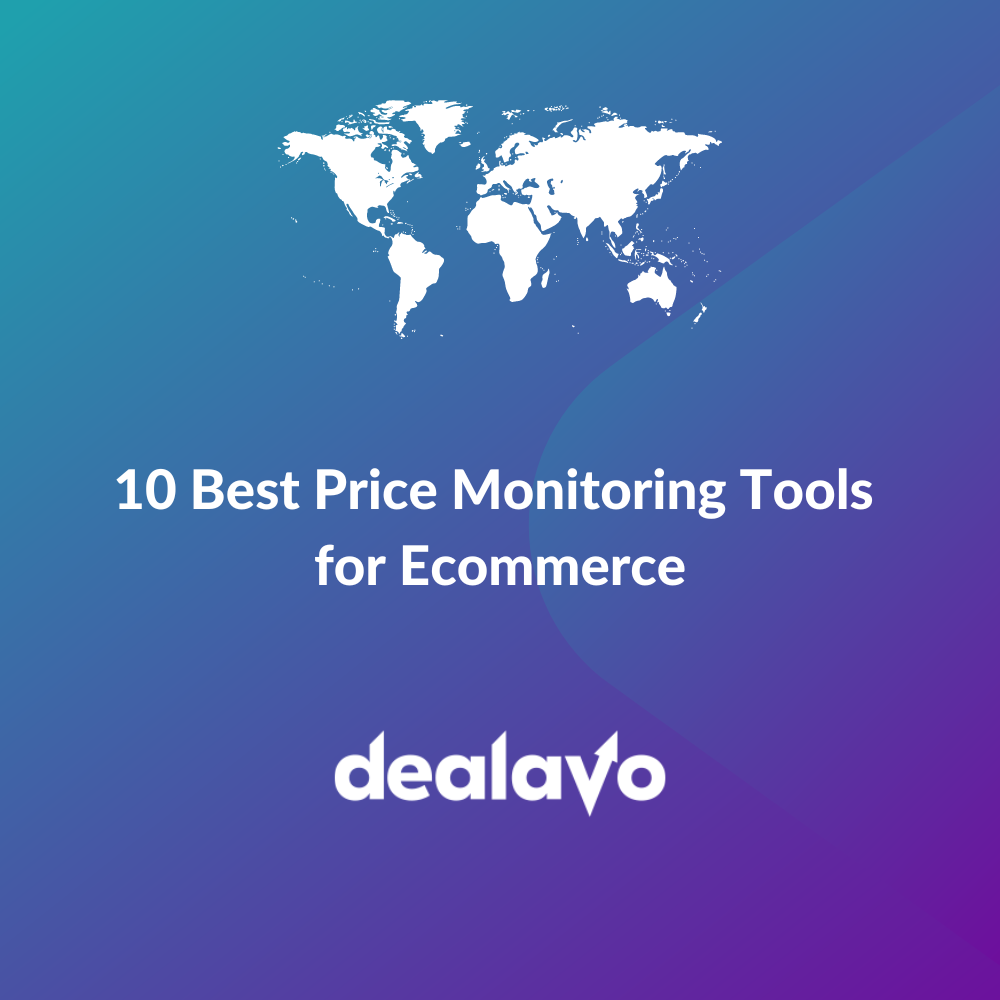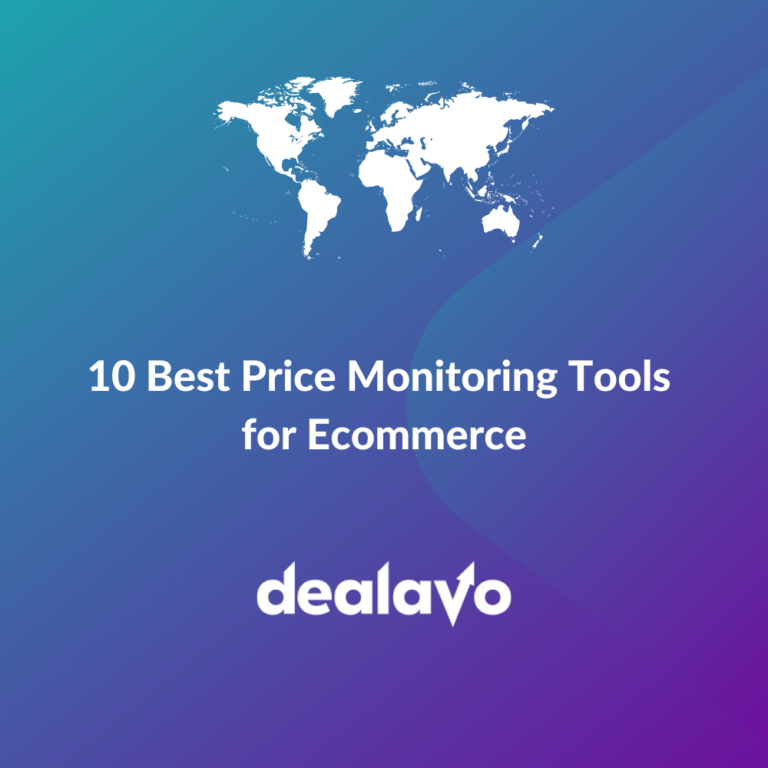Understanding e-commerce product analytics tools
- 05 August 2024
The way we trade and deliver goods to our customers has greatly changed in recent years. According to Doofinder, between 2019 and 2023, the number of e-commerce shops increased from 9.2 million to 26.5 million, which is over 200% in just 4 years, and the trend does not seem to be slowing down. Businesses would not be able to develop so quickly without the use of the right e-commerce reporting software and e-commerce analytics tools. Today, we’ll have a look at some of the most popular choices.
What is e-commerce analytics?
E-commerce analytics covers the analysis of a very broad spectrum of data related to online trade. The observations usually include customer details and behaviour, website traffic, product information and sales, inventory management, competitor insights and other related data. All of this information is then used by different company branches to improve customer experience, organise more effective marketing strategies and increase profits. Based on this information, some companies decide to change website UI if it might help sales.
What are e-commerce analytics tools?
All of the information mentioned in the previous paragraph has to be collected in some way. There are a number of e-commerce analytics tools that investigate the different aspects of this type of business. There is no single piece of software that would cover every area, but below you will find a brief overview of some of the most popular solutions to perform different tasks and acquire valuable data:
- Dealavo: Price monitoring, price management automation, repricing
- Shipwire: Logistics support and shipping
- Mailchimp: Email marketing campaigns
- Ahrefs: A Search Engine Optimisation tool helping platforms reach larger audiences
- Google Analytics: Insights on users and website traffic
- Zendesk: A customer support platform providing valuable customer insights
Check out the price management tool by Dealavo
Price monitoring and repricing with Dealavo
This list is by no means complete, as there are many alternatives. We provide more detailed descriptions of ecommerce reporting software further in the article.
Marketing analytics vs product analytics
It’s easy to be confused by these two concepts. One could argue that product analytics is a narrower approach in which the focus is on acquiring and processing information on how audiences interact with your product. Therefore, a strong emphasis is put on customer experience. Marketing analytics is bigger in scope. It focuses on entire marketing strategies and analyses different sales channels, customer groups, markets, e-shop traffic, and other relevant types of information.
The main concepts of e-commerce product analytics tools
We’ve covered the basics, now let’s have a more detailed look at some functionalities provided by popular software for e-shops.
Price Management
Price management tools, like the one offered by Dealavo, are among the most useful for e-commerce businesses. The features particularly worth mentioning include:
- Dynamic pricing: The software not only allows e-commerce businesses to monitor product prices on different markets, but it also enables dynamic repricing depending on a series of conditions defined by the user. Dealavo is able to automate the process. Read more about dynamic pricing in ecommerce.
- Price optimisation: Based on the acquired data from markets of interest, set optimal prices for your products to maximise sales and profits. Check out our price strategy guide.
- Competitor price monitoring: See how your competitors manage the pricing of their products and adapt accordingly, so you always come out on top with the most attractive offer. Read more about competitor price tracking.
Would you like to monitor prices and automate repricing for your e-commerce?
Leave your contact information in the form below. We will reach out to you within 30 minutes.
Data Entry and Inventory Management
Managing multiple products can be a time-consuming process and as your e-commerce grows, the small number of products you started your business with can quickly change, requiring more time and manpower to properly take care of. Fortunately, there are quite a few data entry and inventory management solutions to pick from that help businesses of all sizes. Here are some of their most important features:
- Automated data entry: No need to spend time on tedious manual entry of product descriptions when almost all the data can be provided automatically, reducing input errors resulting from human mistakes and saving employee time. Your staff can surely find more pressing tasks.
- Inventory tracking: Both overstocking and stockouts can pose problems for e-commerce. With inventory tracking, managers can rest assured product availability is always at the desired level.
- Catalogue management: Having all products neatly arranged in one place greatly helps with organisation. With catalogue management functionalities it is easy to categorise products and maintain up-to-date listings across multiple channels.
Competitor analysis
Every successful business owner needs to stay ahead of the competition, which means frequent analysis of competitor activity and the use of the acquired data to provide better offers. Some of the key topics in this area include:
- Market trends: The hottest products, the best deals, new arrivals as well as new and old competition. All of these need to be carefully observed in order to understand customer behaviour and preferences as much as possible.
- Competitor benchmarking: There are various performance indicators for businesses that can be used to identify strengths and weaknesses. By comparing the statistics of your company with your competition, you can pinpoint areas for improvement and focus on increasing the advantage in the fields where you are already excelling.
- Product performance tracking: When your product is finally launched, it is imperative to monitor how well it performs in comparison to other relevant goods on the market. Monitoring prices, sales and customer feedback allows you to make adjustments, and can often help avoid a crisis before it occurs.
Recommended tools for e-commerce store owners
We have briefly mentioned what e-commerce analytics tools are and gave a few notable examples. In the next few lines we go a bit deeper, providing more detailed descriptions and categorising the tools.
Price management tools
The type of software that makes the lives of e-commerce owners and managers a lot easier, saving a lot of time and money, especially when athe shop offers thousands of products. Manual price management for large listings is usually very ineffective.
Prisync
First released in 2013, Prisync is a solution for price tracking and dynamic pricing available to all e-commerce businesses regardless of their size. It is able to track not only online product prices, but also stock levels. Users can define rules for smart pricing depending on market conditions and their own company’s capabilities.

Dealavo
A leader on the European market for price monitoring and repricing, but also a recognizable brand outside of the EU, trusted by such big brands as Samsung, MSI, Epson, Decathlon, Braun, Fujifilm and Acer. We provide price monitoring for almost any market at competitive prices, automatic repricing regardless of the number of products a company has on offer, alerts and filters that allow managers to set up the best deals with just a few clicks, and lots of historical data invaluable for setting up effective marketing and pricing strategies.
An introduction to the Dealavo system
Price2Spy
Another popular solution for price monitoring and management. Clients particularly value their A+ customer support and ease of use. It is also one of the oldest operating pieces of software of this kind, with its first iteration dating back to 2011.
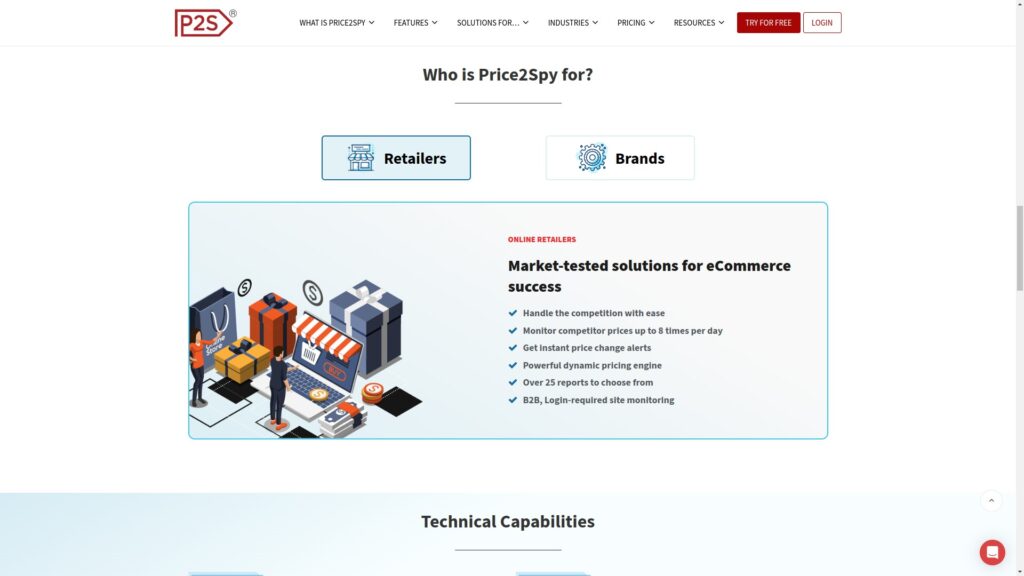
Data entry and inventory management tools
Large e-commerce businesses have robust inventories making manual management sometimes impossible. Fortunately, there are a number of solutions to tackle this issue.
TradeGecko (later QuickBooks Commerce) – discontinued
Launched in 2013 as TradeGecko, QuickBooks Commerce was a SAS solution designed for wholesalers and retailers. The software was shut down permanently in August 2023, so if you had been a user, it’s time to choose an alternative.
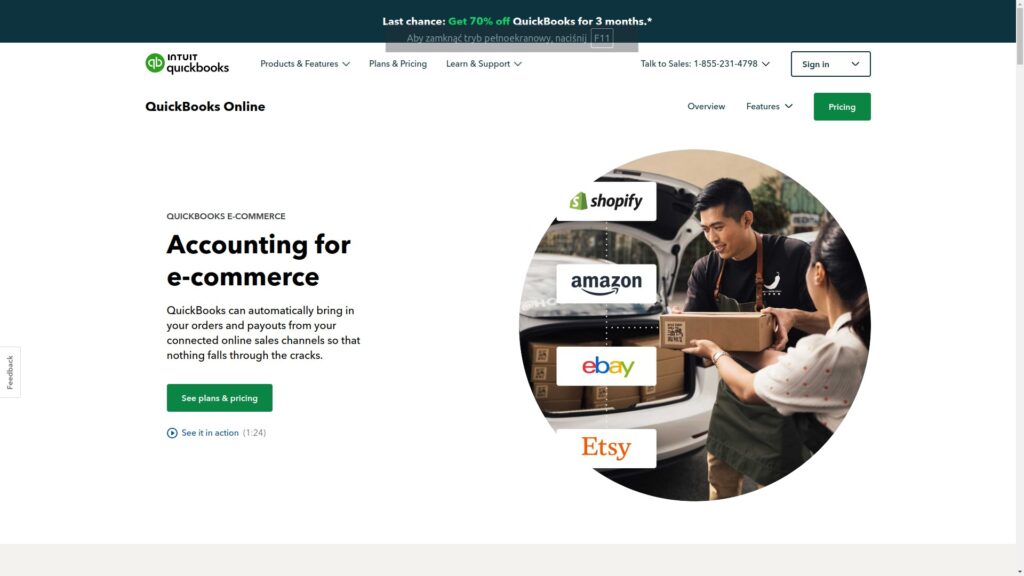
SkuVault (now merged with Linnworks)
One of the most appreciated inventory and warehouse management tools, particularly effective for small and medium-sized businesses. The system can be integrated with a number of popular e-commerce and billing platforms. In 2022, it merged with Linnworks.
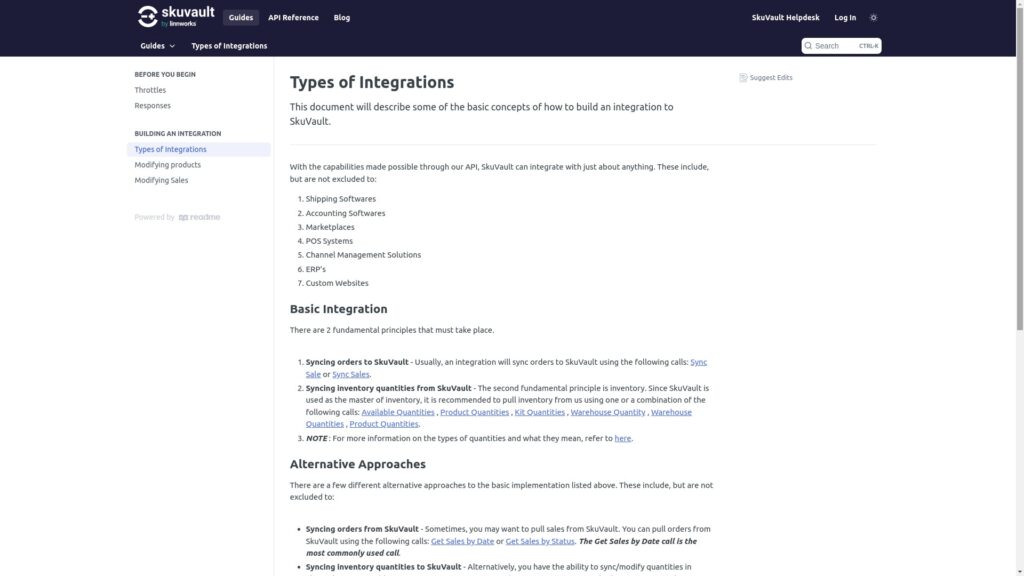
ChannelAdvisor (now a part of Rithum)
The software helps manage product data, listings and orders from various marketplaces and channels. Now a part of Rithum, providing an all-round optimising solution for e-commerces worldwide.
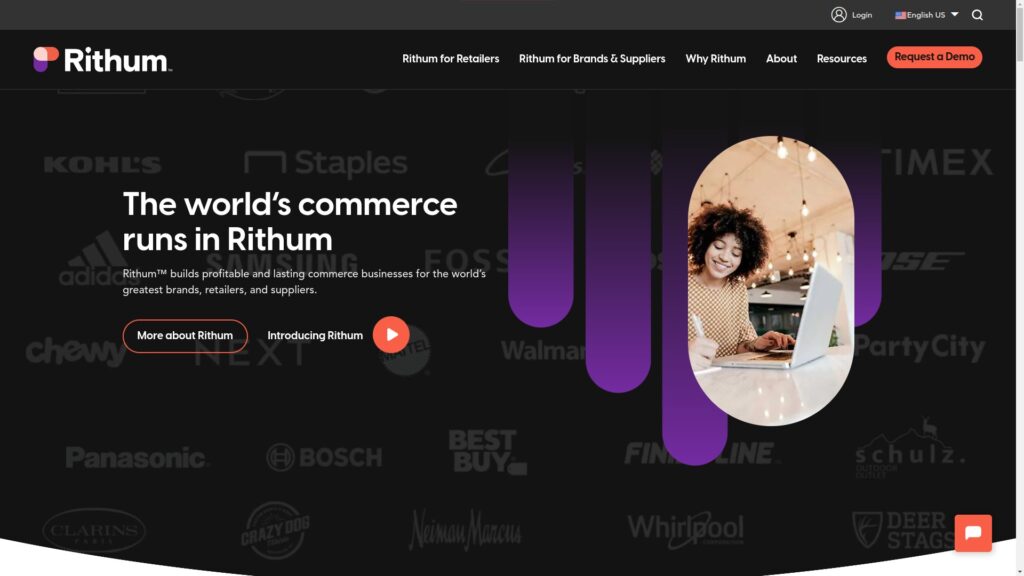
Competitor analysis tools
Knowing what your competitors do is an important factor when working on both your short-term and long-term business strategies. Fortunately, there are a number of competitor analysis tools that will feed you with valuable information and statistics regarding other businesses operating in your market.
SEMrush
An SEO platform providing information on traffic, keyword research, market trends and feeding e-commerce businesses with valuable data on their competition. SEMrush has been around since 2008 and continues to be among the top e-commerce product analytics tools.

Ahrefs
Considered by some as the essential analytics tool, Ahrefs has a lot to offer to e-commerce businesses. Detailed ecommerce dashboard analytics with insights into competitor’s backlink profiles, keyword rankings and content strategies are just some of its many functionalities.

Dealavo
In terms of competitor analysis, Dealavo offers unmatched product monitoring and repricing features, with reliable data, well-designed filters and alerts to quickly extract the necessary information and set up the best possible offers that will leave the competition behind.
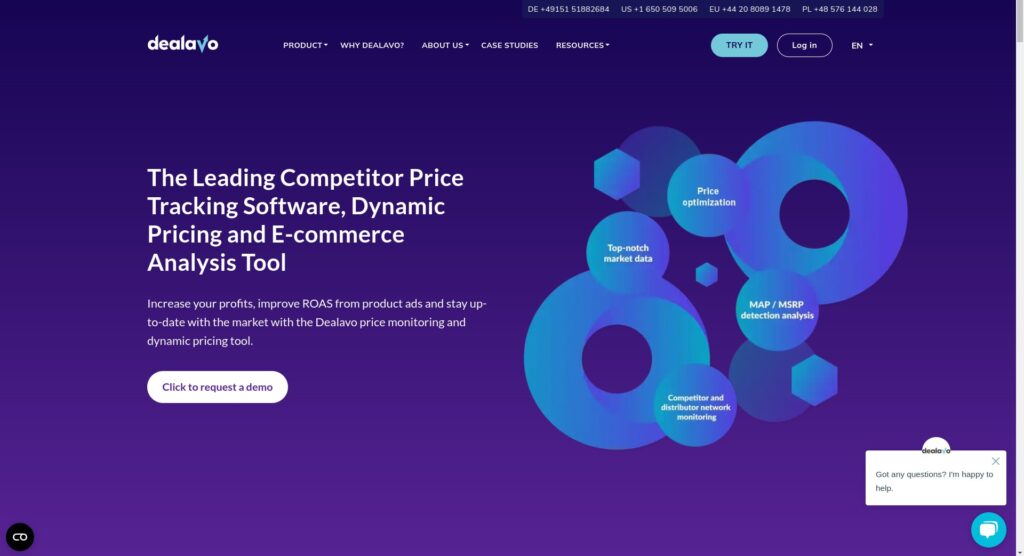
Conclusion
E-commerce is a very dynamic environment. Businesses operating in this area need to stay vigilant as the situation on the market can change rapidly. Fortunately, with the right e-commerce reporting software, online shop owners get the necessary tools to navigate this landscape and remain competitive.
Looking for ways to gain the upper hand with your e-commerce? Consider Dealavo, with its price monitoring and dynamic pricing functionalities designed with online trade in mind. Thanks to our easy-to-use and innovative SaaS platform you will be the one with the best offers on the market. Contact us – our specialists will answer all of your questions and you can always request a demo to test our solution!
